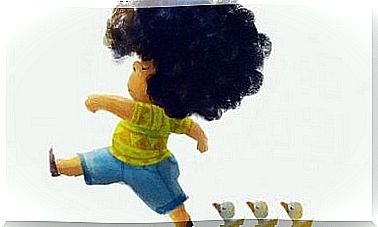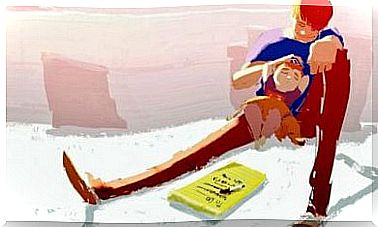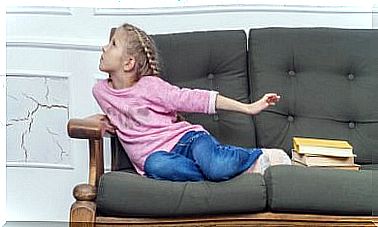How To Interpret Colors In Children’s Drawings?

Colors and emotions have been the subject of study in the branches of psychology for a long time. The affinity or rejection that a person feels towards the use of certain colors has roots linked to the emotional sphere. Do you know how to interpret colors in children’s drawings?
In this article, we’ll give you some tips for interpreting colors in children’s drawings to get you closer to understanding your child’s behavior and ideas.
Leaving aside the concepts and traditional symbology of what certain colors represent to a culture, identifying as certain shades can unveil psychic behaviors and predispositions.
Not only the shapes, but also the intensity of the stroke and the narrative of the drawing can indicate what is going through children’s minds. Choosing colors for this representation also speaks strongly and clearly about their emotional state.
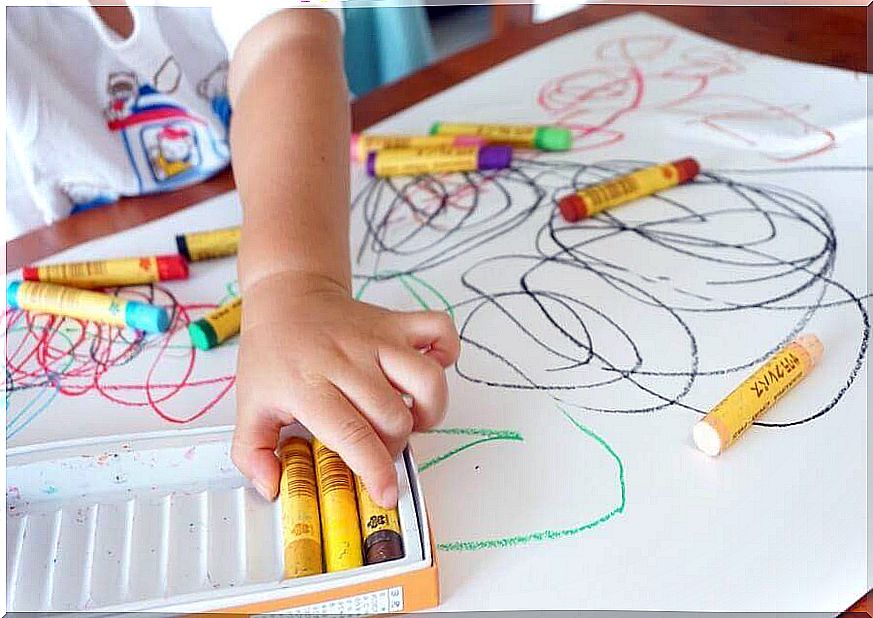
Most recurrent colors in children’s drawings
Although there are certain colors that are more recurrent, as they are the ones that are present in all crayon boxes, children often make combinations.
In this sense, it is good for you to know that light and light color combinations announce a calm child and more connected to his emotions.
On the other hand, choosing intense color combinations often demonstrates active, energetic children with strong feelings, including aggression.
Blue
This is a color associated with calm, well-being and relaxation. It is usually a color chosen as a favorite by calmer or even shy children, and it also awakens in children their sensitive side and creativity.
It is believed that children who wear this color also develop self-control earlier. It also happens that some children who wear this color often have a condition called enuresis, a personality disorder of emotional origin.
Red
Red is a color that attracts children’s attention due to its intensity. Its use can have two interpretations:
- If the child uses it very often, it may describe a hostile child with feelings of repressed anger.
- If its use is moderate, it can reflect vitality and energy.
black
Contrary to what you might imagine, black is a color that is not linked to negative or depressive feelings. Rather, she describes a child with good self-esteem and self-confidence.
However, with regard to the use of this color, the specialist must also assess the intensity of the stroke because if it is too strong, it can have other meanings.
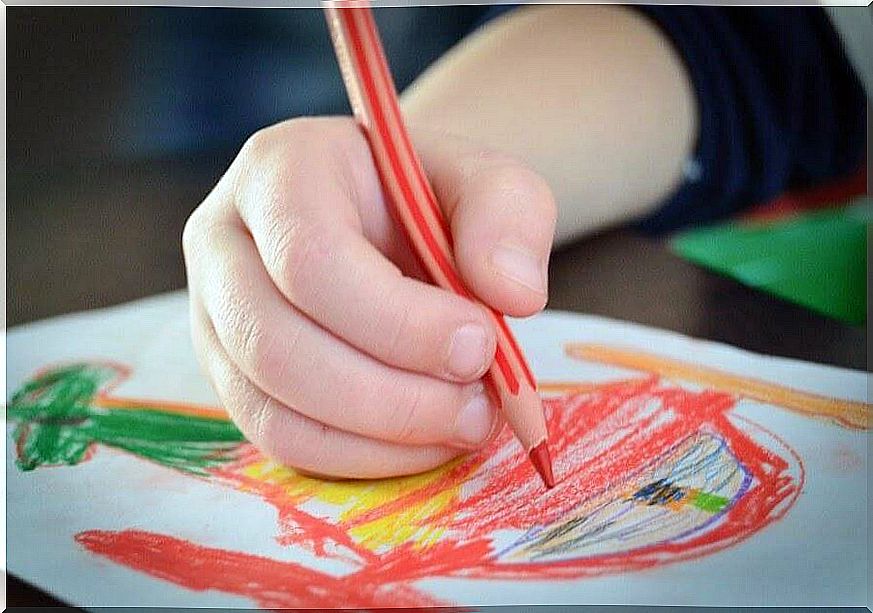
Brown
It’s a color linked to responsibility. In this sense, when children choose it, they show that they are diligent and prudent. Its overuse, on the other hand, often manifests anxiety due to daily activities.
Yellow
It is synonymous with energy, dynamism, joy and sociability. It is a color that speaks of a happy child and in which all the virtues and goodness associated with childhood are included. However, its exclusive use in drawing manifests problems with authority figures.
Green
The abusive use of this color in the illustration may indicate that the child is lazy and has a degree of shyness and inhibition. On the other hand, there are also the universal meanings for this color: hope, tranquility and a sense of harmony.
Purple
The use of this color shows that the child may be feeling melancholy, dissatisfied and uneasy about some situation. Its disproportionate use, as with brown, indicates that the child feels overwhelmed by some kind of pressure.
As a final note, we want you to know that these analyzes are subject to margins of error based on interpretation and use or color combination.
In any case, we recommend that you carry out a more structured assessment with a psychoanalyst, a psychologist or a psychiatrist in order to arrive at a correct and really conclusive diagnosis.


